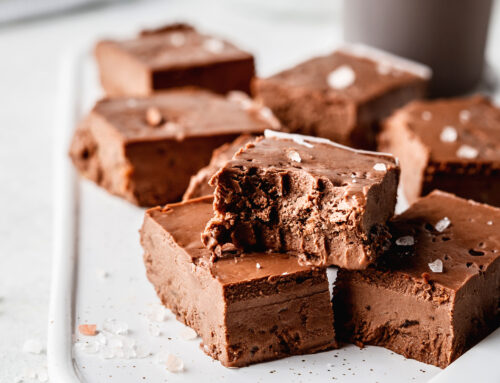The Art of Tea
October 3, 2022
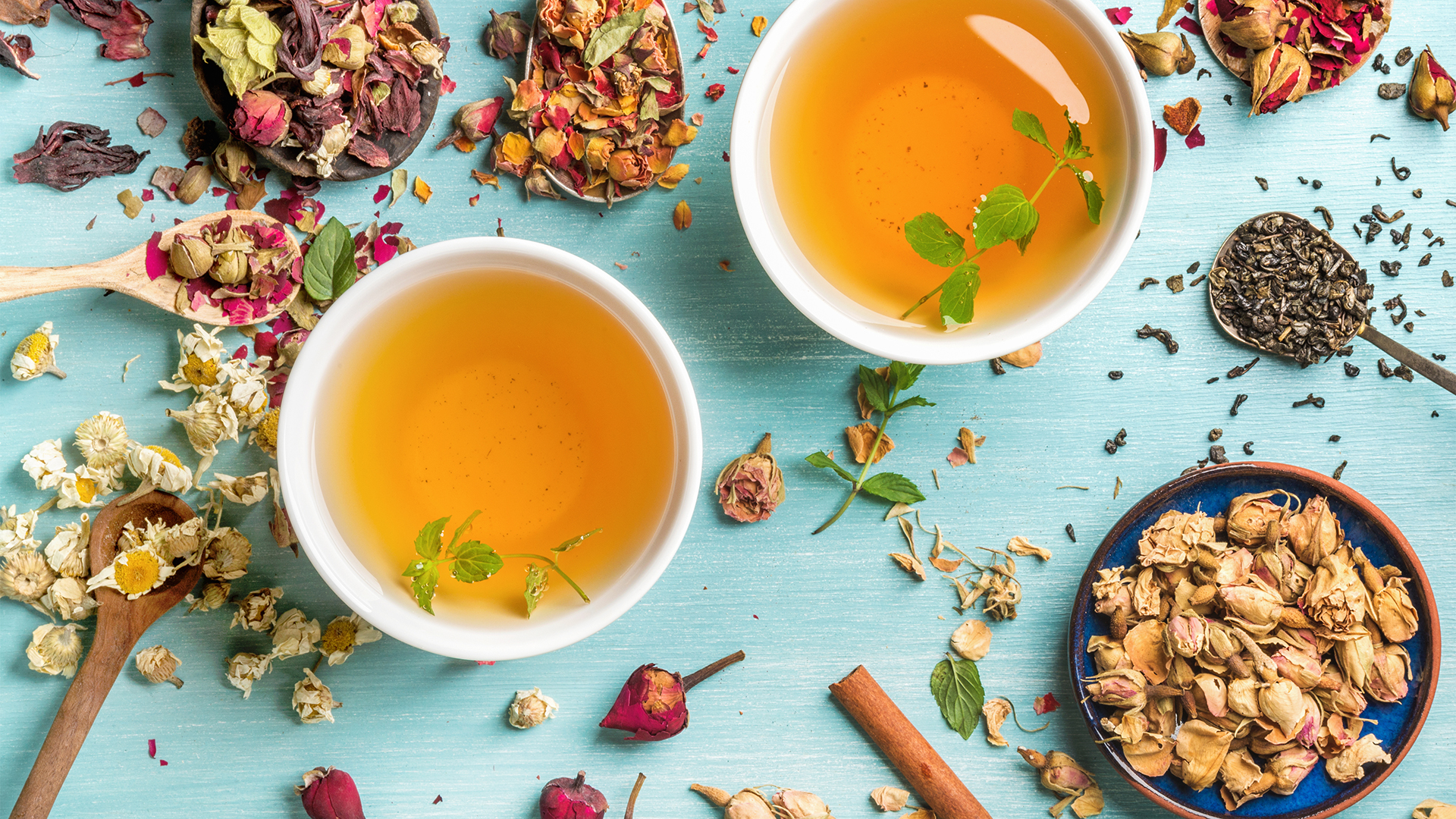
Tea:
The most widely consumed beverage in the world, after water. An aromatic beverage prepared by pouring hot or boiling water over the cured leaves of the Camellia Sinensis plant.
Camellia Sinensis:
An evergreen shrub or tree native to Asia. Leaves and buds of this plant are used to make tea. Different processing methods produce different types of tea.
What’s in a name?
Did you know, herbal teas are not technically classified as tea? Only the steeped leaves and buds of Camellia Sinensis are considered tea. Herbal teas are aromatic brews of single or blended infusions of leaves, fruits, bark, roots, seeds, nuts or flowers of almost any edible non-tea plant. These non-tea plant infusions can be combined with the leaves and buds of Camellia Sinensis, or enjoyed on their own, to make endless varieties and flavors. With the exception of maté, herbal teas are all naturally caffeine free.
A Beverage Steeped in History
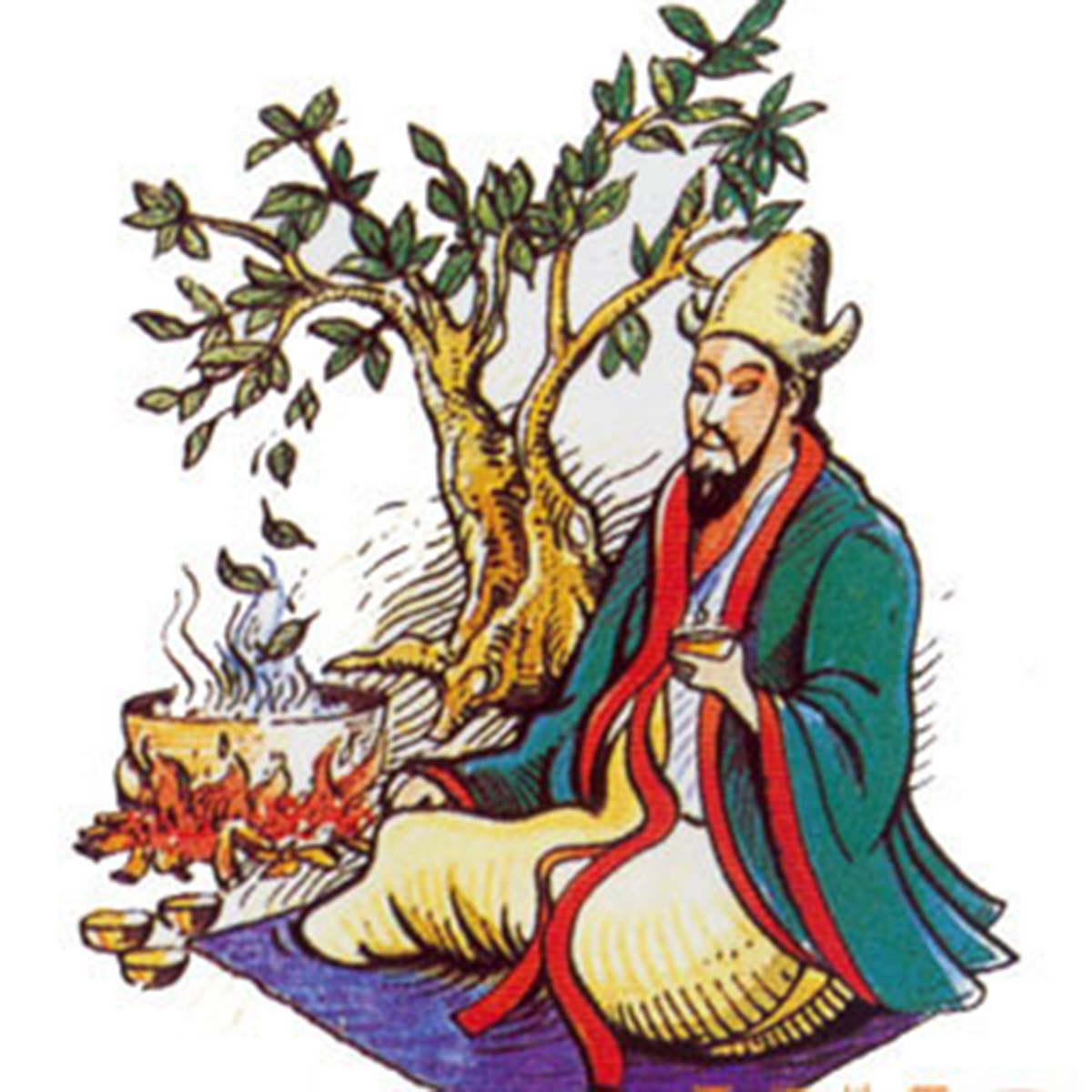
Tea in the East:
It is said that in 2737 B.C., Chinese emperor Shen Nung was sitting beneath a tree while his servant boiled water for drinking. A gentle breeze shook the tree, and leaves drifted into the boiling pot. Shen Nung, a renowned herbalist, decided to drink the decoction. The tree he sat beneath was a Camellia Sinensis, and the resulting beverage was tea. Containers of tea have been found in tombs dating back to the Han Dynasty. (206 B.C. to 220 A.D.)
Tea becomes the national drink of China during the Tang Dynasty. (618 – 906 A.D.)
Lu Yu, late 8th century author, writes Ch’a Ching (Tea Classics), discussing tea’s history and growth in China.
Japanese Buddhist monks travel to China and are introduced to tea. This eventually leads to the development of the traditional Japanese Tea Ceremony.
Tea in Europe:
The first brief mentions of tea in Europe appear in the latter half of the 16th century in records kept by Portuguese traders and missionaries in the East.
The Dutch were the first to import tea. The first consignment of tea was shipped to Holland from the Java trading post in 1606. Tea quickly became fashionable with the Dutch, but due to the high cost of importing this sought-after beverage, it was a drink reserved for the wealthy.
The first dated reference to tea in England was in an advertisement in the London newspaper Mercurius Politicus, from September of 1658. The ad announced “China Drink, called by the Chinese Tcha, by other Nations Tay alias Tee, was on sale at a coffee house in Sweeting’s Rents in the city”. Since the first coffee house opened in 1652, this ad indicated that tea was still a novelty in England.
In 1661, King Charles II married Portuguese princess Catherine of Braganza, an avid tea drinker. She brought tea to the court, making it fashionable among high society. The East India Company saw this increased demand, and began exclusively importing tea from Java.
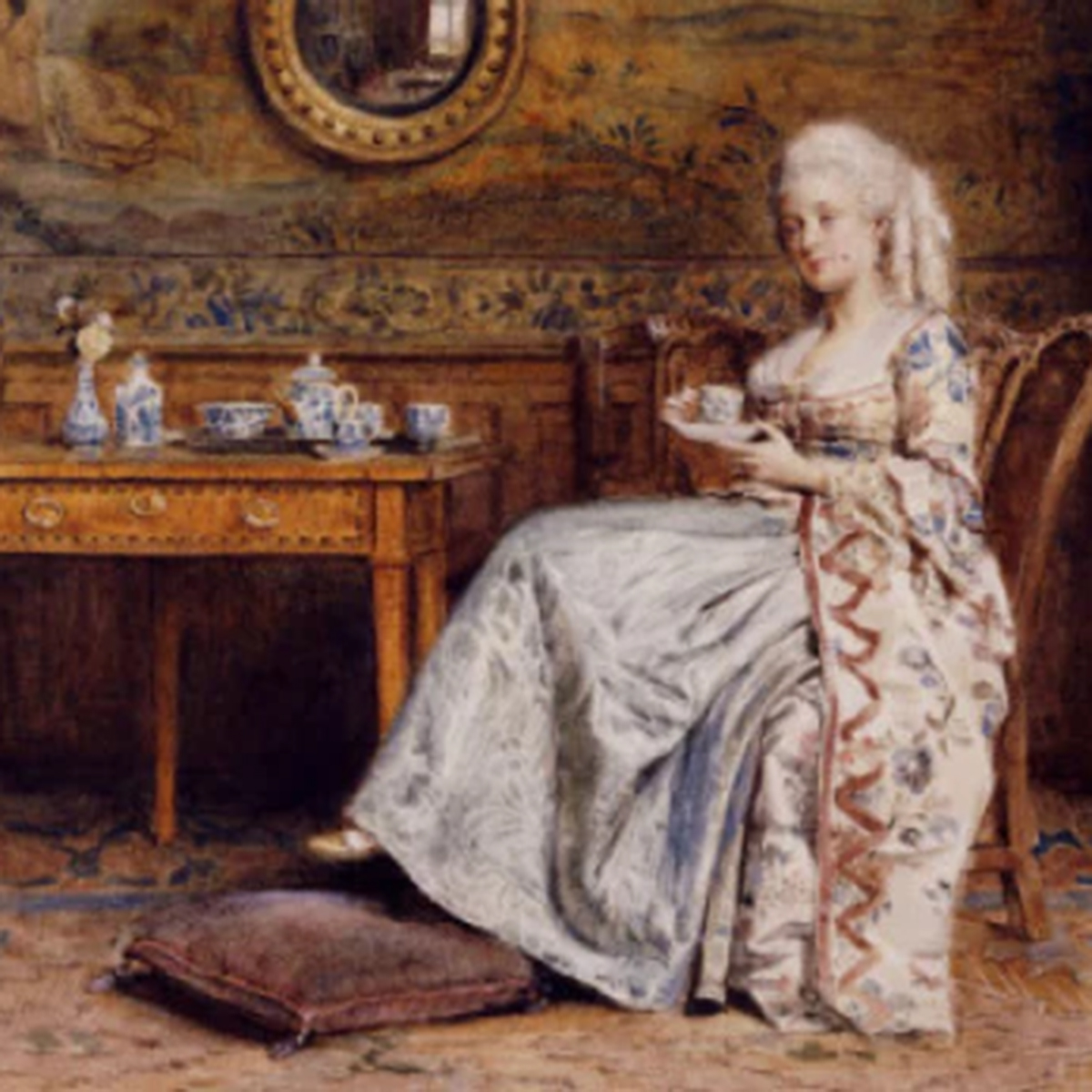
Tea Smuggling and Taxation:
Due to high demand, England started taxing tea highly, creating a black market demand. Organized crime networks smuggled up to 7 million pounds of tea into England, annually, compared to the 5 million pounds legally imported.
High taxation also encouraged adulteration of tea, particularly smuggled tea which had no quality control. Leaves from other plants, or tea leaves that had been steeped then dried, were mixed into the shipments of tea. To make the color more convincing, smugglers mixed in anything from sheep’s dung to poisonous copper carbonate to make it look more authentic.
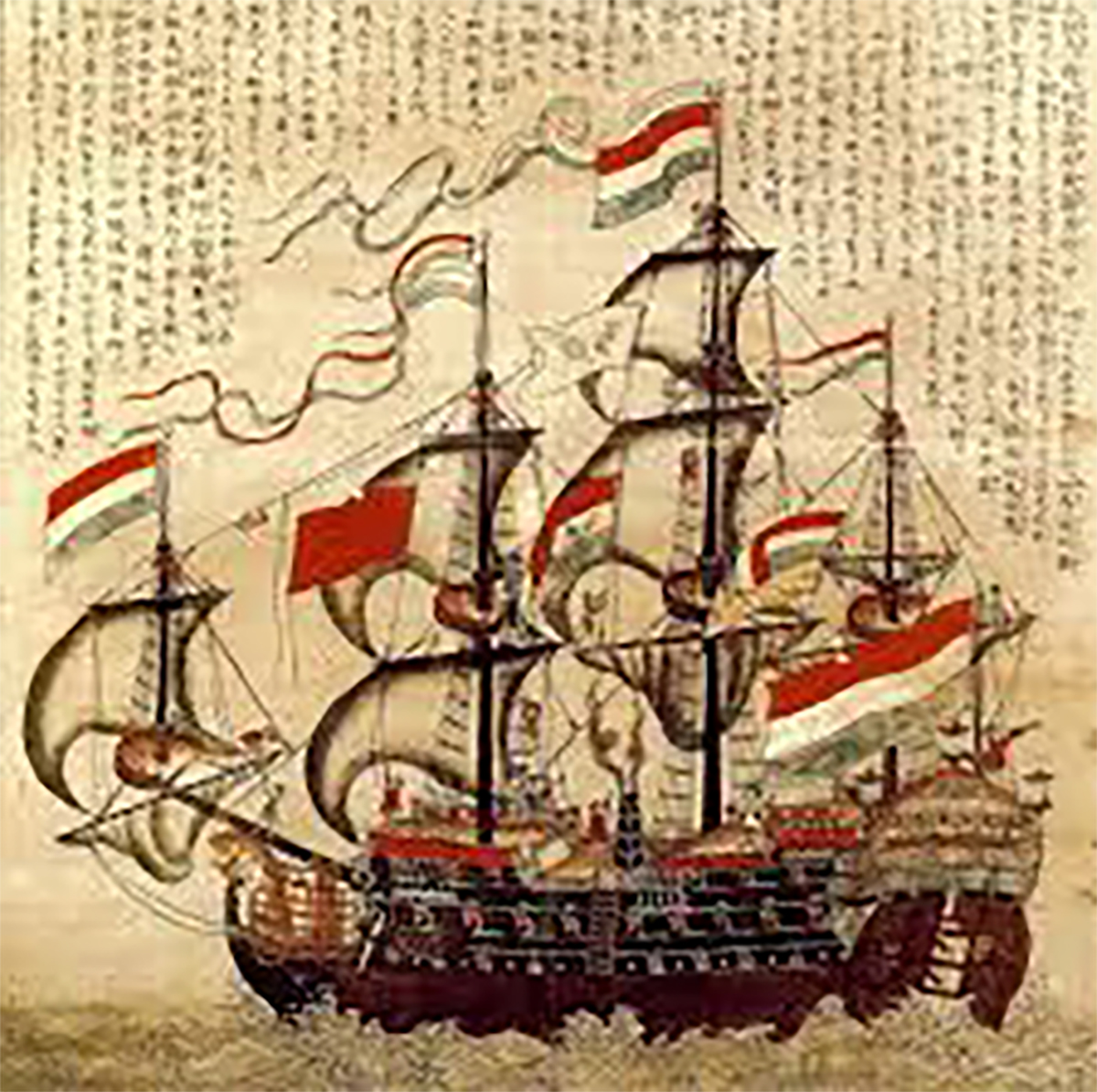
Tea in America:
The Dutch brought tea to the American Colonies in the 17th century. England acquired the Dutch colony of New Amsterdam, renaming it New York, bringing tea customs from England with them.
Tea Gardens became popular when colonists installed special water pumps into natural springs. Boston and Philadelphia in particular adopted the English style of tea drinking, using silver and porcelain to symbolize wealth and elite social status.
Tea smuggling was just as prevalent in the colonies as it was in England due to East India Company’s monopoly on tea imports. Another tea tax passed by Parliament in 1767 caused more dissent and rebellion with the colonists. American ports started refusing shipments of taxable goods, including tea, sending cargo ships full of merchandise back across the ocean.
The Tea Act of 1773 was the tipping point. This new act bypassed local tea merchants, allowing East India Company to sell directly to tea consumers. In December of 1773, members of the political group Sons of Liberty lead by Samuel Adams, were joined by protestors dressed as Mohawk Indians as well as a large crowd of Bostonians in what is now a pivotal moment in American history. The protestors swarmed three East India Company ships, The Eleanor, The Dartmouth, and The Beaver. In a period of three hours, the dumped 342 chests of tea into the Boston Harbor, marking the beginning of the American Revolution.
In 1784, new Prime Minister William Pitt the younger slashed the tea tax from 119% to 12.5%, making tea suddenly affordable.
American Tea Innovations:
Richard Blechynden invents iced tea in 1904 at the first World’s Fair.
Thomas Sullivan accidentally invents tea bags in 1909.

Varieties of Tea
Black Tea:
Most common tea in North America, where iced tea consumption is the highest in the world. Leaves are rolled and allowed to oxidize. Tea is then dried to lock in these characteristics.
Green Tea:
Most popular tea in China and Japan, and gaining speed in America. Tea leaves are lightly steamed right after harvest to prevent oxidization. This also preserves the tea’s natural antioxidants, theanine. Leaves are then twisted or rolled and fired.
Oolong Tea:
Origins trace back to Taiwan and South East China. Tea leaves are withered and then briefly oxidized in direct sunlight. Leaves give off a distinct fragrance when they are ready, compared to the scent of fresh apples, peaches or orchids. The leaves are then rolled and fired to halt the oxidization process.
White Tea:
Most minimally processed of all teas. The very delicate leaves are carefully monitored during a gentle drying process. The rarest varieties are made from tea buds plucked the day before they open.
Pu-erh Tea:
Named after a town in Yunnan Province of Chine. Like wine, this improves with age. Leaves are processed like green tea, then heaped into piles or made into bricks. Heat and moisture combined encourages natural fermentation. When ready, it is only partially fired to stop enzyme activity, but allows the tea to encourage aging.
Matcha Tea:
Ground from fine Japanese green tea leaves. This is the star of the centuries-old traditional tea ceremony. The powder is whisked with water that is slightly cooler than boiling, then consumed immediately.
Rooibos:
Dutch for “Red Bush”. This South African herb contains antioxidants polyphenols and flavonoids. Leaves are oxidized, except with green rooibos. With green rooibos, leaves are steamed lightly at temperatures below 115 degrees. This halts the oxidization process, but keeps the raw state to preserve the natural enzymes. Rooibos is an herbal tea.
Maté:
Ground leaves of the yerba maté plant, a relative of the holly bush. Contains all three stimulants found in coffee, chocolate and tea, making this a good replacement for coffee. This is the only herbal tea that is naturally caffeinated.
Steeping times and temperatures for the perfect cup of tea.
| Tea | Water | Tea Bag | Full-Leaf |
|---|---|---|---|
| White | short of boiling | 30-60 seconds | 2-3 minutes |
| Green | short of boiling | 1-3 minutes | 2-4 minutes |
| Black | boiling | 3-5 minutes | 3-5 minutes |
| Oolong | boiling | 3-5 minutes | 5-7 minutes |
| Red/Herb | boiling | 5-7 minutes | 5-7 minutes |
“Part of the joy of being a human being in flesh and blood is experiencing physical sensations. In terms of palate, tea’s an incredibly sensory, sensual way to connect with your own being human.”
— Jesse Jacobs, founder of Samovar Tea
Tea as Meditation
Choose your tea based on the mood you would like to enhance, and set your intention for your meditation. Steep your tea mindfully, with your intention in mind.
Focus on the cup of tea in your hand. Feel the warmth through the cup. Breathe in the aromas. Notice the subtle notes and depth of the fragrance.
Submerse yourself in the sensations of observing the tea. If you find your mind wandering, gently let go of thoughts and bring your focus back to the tea.
Slowly sip the tea, with your intention in mind. Notice the steam drifting against your cheeks and the layers of flavor unfolding and deepening with each sip.
Bask in the peace found at the bottom of your cup.


Dr. Laura E. Cox, DAOM, NFMP, LAc, CHP, LMT
Connect with Dr. Cox on TikTok, LinkedIn, Facebook & Instagram. Ready to meet with Dr. Cox to begin a plan to prioritize the 5 Pillars of Health in your life? Make an appointment today.


